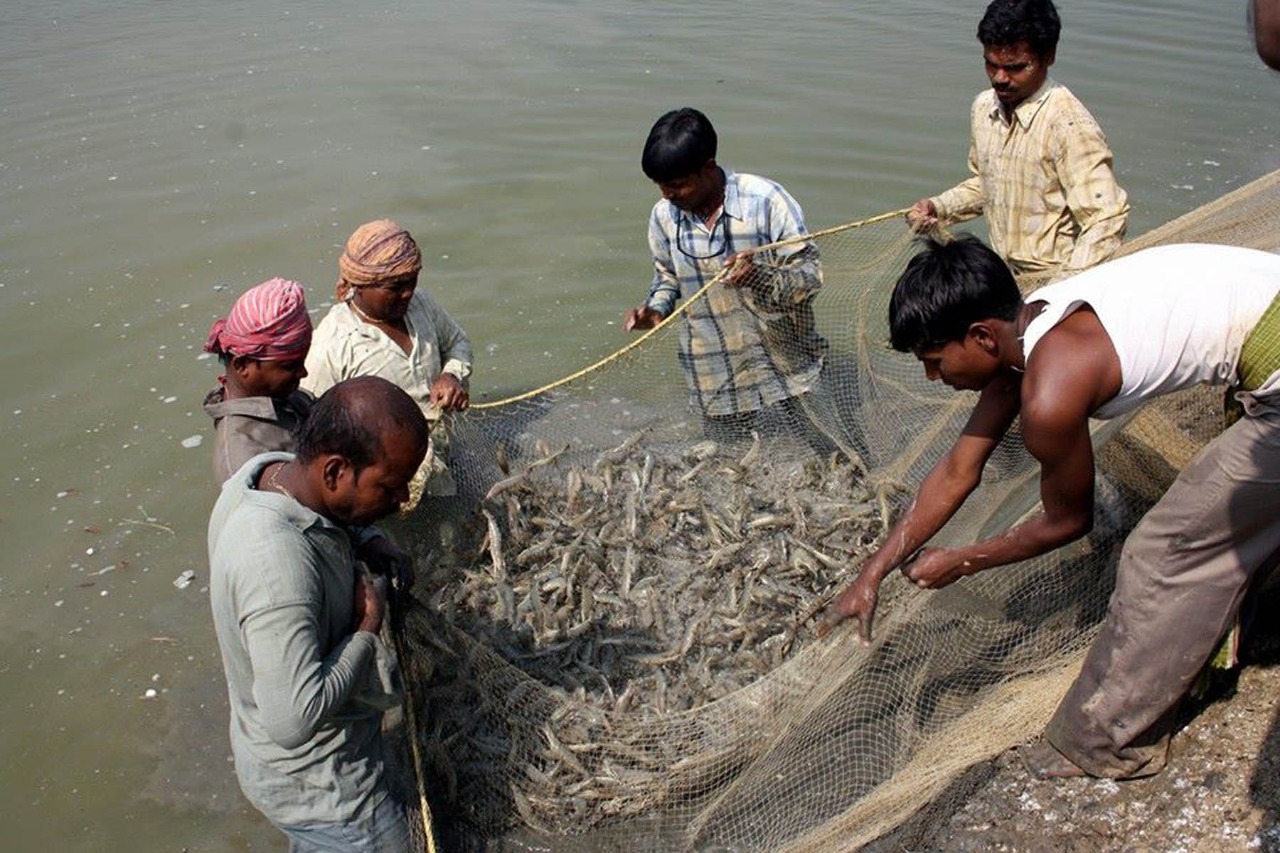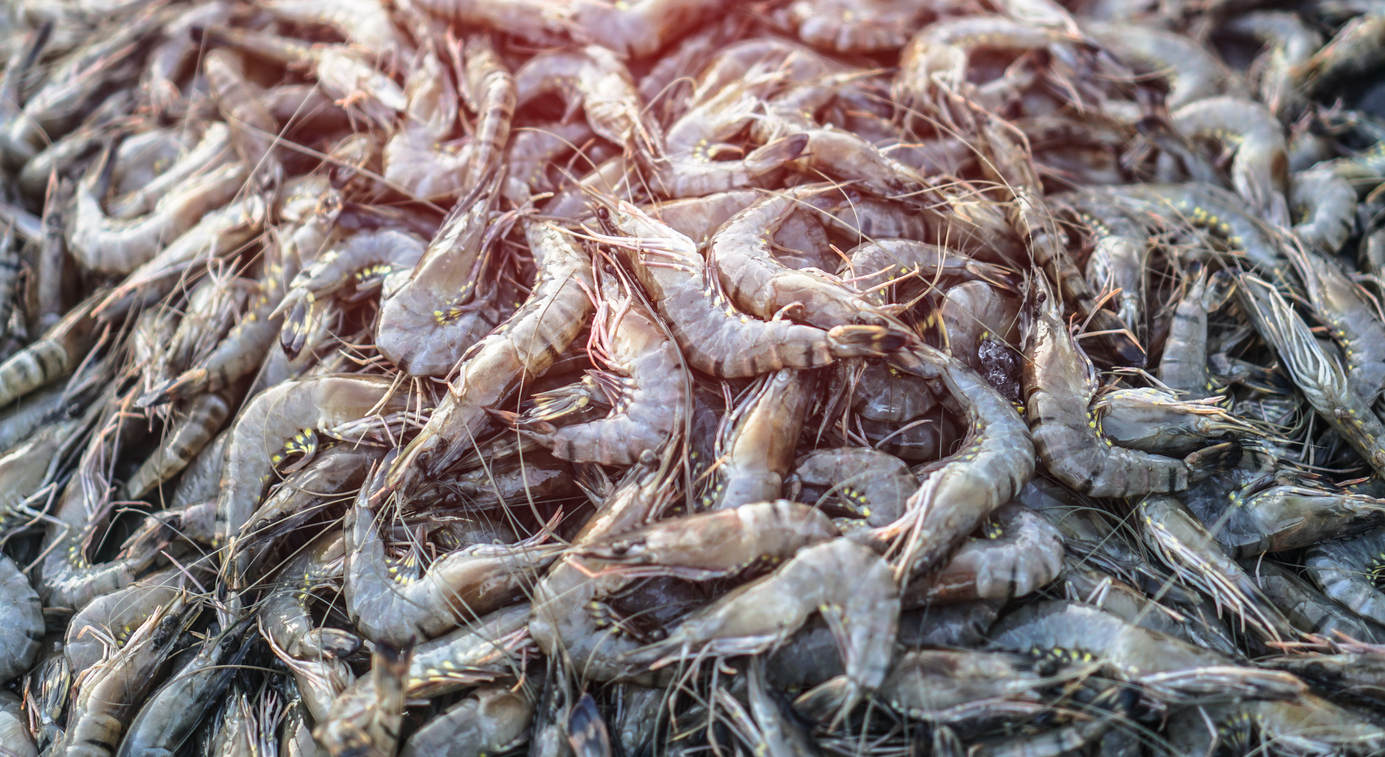
After Amphan, disease outbreak haunts shrimp farmers in West Bengal
After the coronavirus-enforced lockdown and cyclone Amphan, the aqua economy of West Bengal is now hit by an outbreak of infectious diseases in prawns — an aquatic wealth that earned the state over ₹5,000 crore in exports last year.

After the coronavirus-enforced lockdown and cyclone Amphan, the aqua economy of West Bengal is now hit by an outbreak of infectious diseases in prawns — an aquatic wealth that earned the state over ₹5,000 crore in exports last year.
The diseases, noticed in the aftermath of the severe cyclonic storm, came as a third major blow for the state’s over three lakh shrimp farmers, many of whom had switched from paddy to prawn cultivation only a few years ago considering huge money-minting potential.
The profits from paddy farming in the best of years can hardly be ₹25,000 to ₹30,000 per acre of land whereas by leasing the same piece of land to shrimp farmers one can earn nearly ₹50,000.
All that has changed as the lucrative farming has been hit by a series of disasters since the outbreak of COVID-19 pandemic.
Already, around 70 per cent farmers decided not to harvest shrimp since mid-March anticipating a fall in demand in the key export destinations of China, Japan, Vietnam, United Kingdom, and the US, say shrimp farmers’ associations.
Related news: Amphan turns blessing for jobless labourers, electricians in Bengal
Others, who took the risk, said the halt in export severely shrunk their profit margin.
In the prawn auction market in North 24 Parganas’s Haroa, 50 km north of Kolkata, an export quality tiger prawn that used to sell for ₹500 to ₹550 per kg, is now being sold at ₹250 to ₹300 per kg.
Prabir Pal, the president of the Haro Market Association, attributed the fall in price to absence of “big buyers” from the export units of Kolkata.
In the past two months, this market alone suffered a business loss of over ₹100 crore — a figure enough to indicate the overall impact the lockdown had on the state’s aqua economy.
The fall in demand and subsequent disasters pushed farmers like Bhanulal Jana into a debt trap.

The 45-year-old shrimp farmer from Bhardar Jalpai village of East Midnapore had taken five acres of land on lease at ₹50,000 an acre for a year, while also taking a loan of another ₹10 lakh to farm shrimp on the land.
“I entered prawn farming a couple of years ago. In the past two years, I earned a substantial profit by exporting almost 90 per cent of my produce. So, this year, I decided to go for an expansion and took a loan to take additional land on lease,” Jana said.
Jana was hoping to sail through the crisis by selling his produce at break-even rate. Then came the second blow — Amphan.
It caused severe damage to the farm’s infrastructure and in many places even sea water has entered the farm.
Near every farm, a small green house is built to store generator sets, prawn feed, and medicines.
“Almost all the green houses have been flattened, spoiling feed, and medicines and also damaging generators in some cases,” said Madan Mondal, the secretary of the All Bengal Aqua Farmers’ Association.
The nasty blow, Jana said, was struck by the spread of disease.
Related news: Mamata offers salt-tolerant-paddy solace to cyclone-ravaged farmers
He said prawns started dying in his farms due to the “white feces” and “white muscle” diseases being detected after the Amphan.
Shambu Patra of the Bengal Aqua Export Committee said the prawn farmers brought the matter to the notice of the state fisheries department.
Surajit Bagh, a senior official of the department, said they were aware of the problem and extending all help to the farmers to overcome the crisis. The department, however, could not yet tabulate the loss incurred by farmers due to the outbreak of the twin disease.
Jana said he was ruined. “I think my whole family and I will have to starve now. How will I repay my loan?” he asked.
Farmers said the muscle disease is an infection caused due to factors such as low dissolved oxygen, sudden changes in temperature or salinity.
The white feces disease is one of the most serious problems in shrimp culture and a major cause of the disease is poor quality of water.
Patra said the storm dumped polyethylene and other materials in the pond affecting water quality. Both the diseases can be fatal for shrimps and could lead to cultivation failure and huge loss for farmers.


